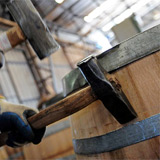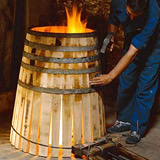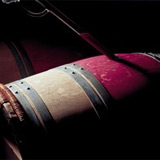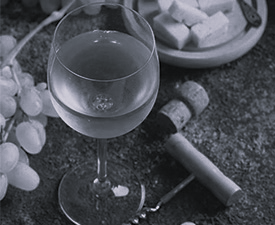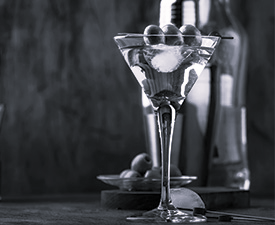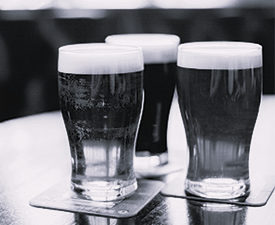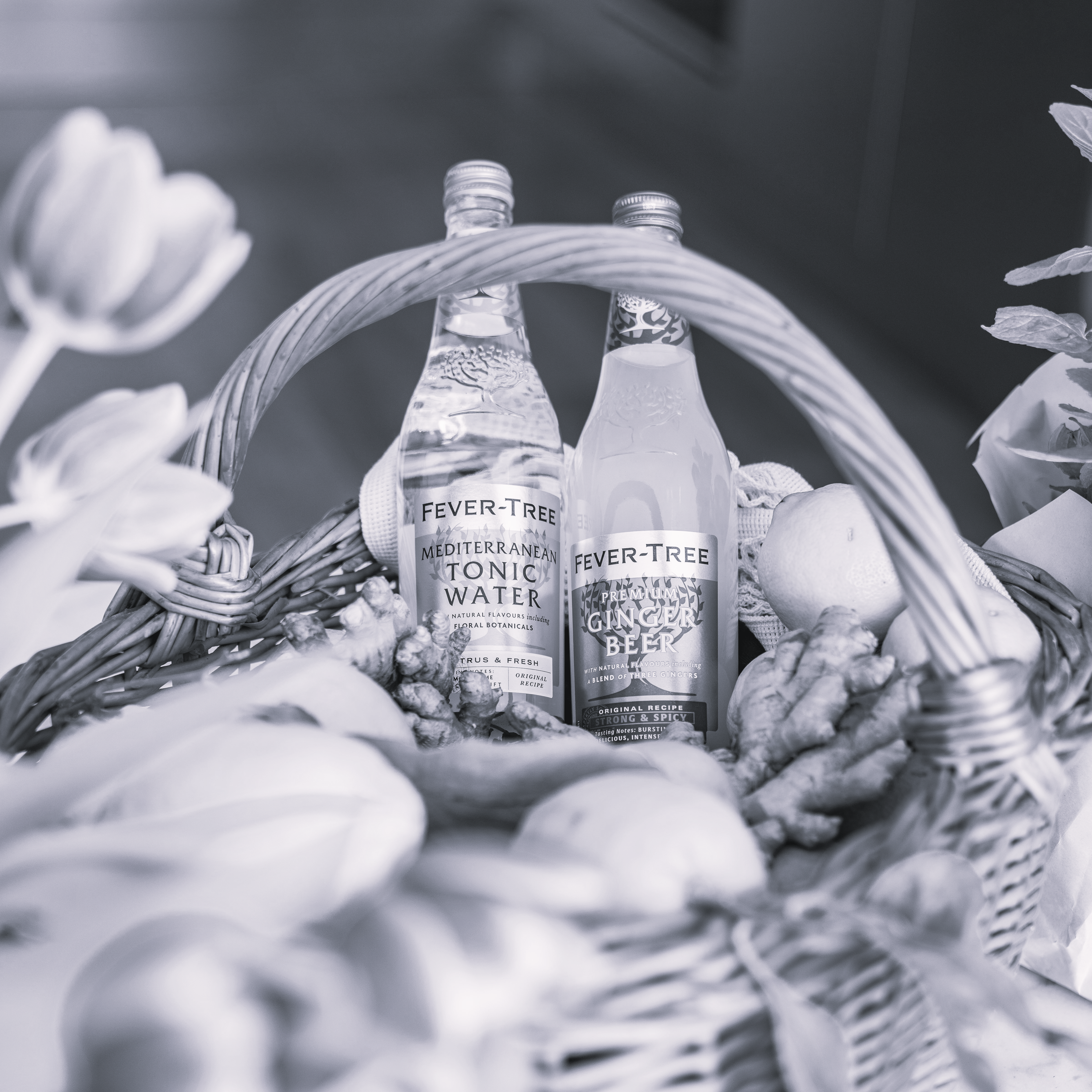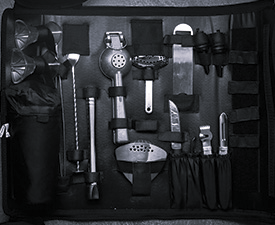The art of barrel making, known as cooperage, is an ancient skill. Despite improvement from modern research, analysis, machinery and wood selection techniques, the actual barrel making process has changed very little over the years and is extremely time intensive. To achieve the highest standards of quality, most of the work must still be done by hand by a highly skilled cooper.
Most French Oak comes from one or more of the forests planted in the days of Napoleon for ship building. Five of those forests are primarily used for wine barrel making. Allier, Limousin, Nevers, Troncais and Vosges forests produce woods with distinctive characteristics and winemakers select their barrels based on the desired effect for the finished wine.
What's the difference between French and American oak?
Simply put, French oak adds more subtle flavour to wine, while American oak is more aggressively flavoured. Once again, the use of French and American barrels of various ages provides a broad spectrum aromas, flavours, and textures to the blend; in much the same way as cooking with many ingredients improves the flavour of food.
In the past, American barrels were known to be overly aggressive, which was blamed on the character of the wood itself. It was then learned that the methods used to make barrels in America, while suitable for whiskey, were leaving too much flavouring in the wood. When American coopers began applying French methods to American oak, the resulting barrels, while still more powerful than the French, were very well suited for wine.
Since new barrels impart more flavours to the wine than previously used barrels, the percentage of new barrels used by a winery each year is an important piece of information when reviewing and enjoying a wine. By the time a barrel is about 5 years old, it is virtually neutral as far as its influence on the taste of the wine.
